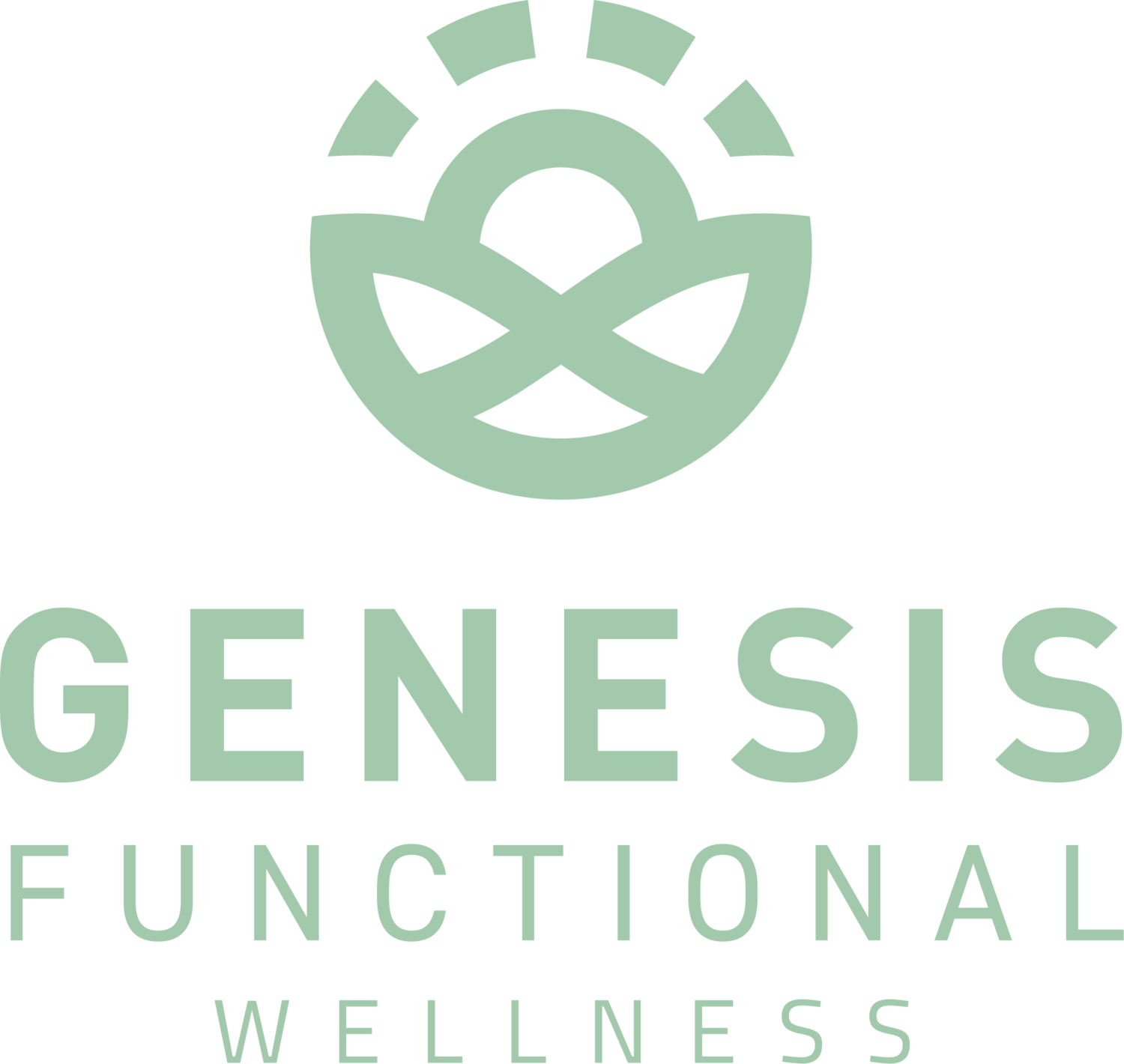6 Anti-Inflammatories You Need to Know About
Inflammation is a normal part of our bodies’ defenses against infections and other insults to the body. It can promote the killing of pathogens as well as promote tissue repair and restoring homeostasis to the the damaged sites of the body. When it is regulated well by the body, it is a helpful and necessary process that resolves fairly quickly (1).
However, when inflammation becomes pathological and chronic, it is no longer regulated well. This can result in irreversible damage to host tissues as well as chronic diseases and conditions.
There are a variety of possible causes of chronic inflammation. One is when a case of acute inflammation from an injury or infection goes untreated and lingers in the body (2) . Other causes of chronic inflammation can be from long-term exposure to toxins, such as mold (3), pesticides (4), or other chemicals; a poor diet (5); obesity (6); smoking; or chronic stress (7).
When the body does not get a break from an inflamed state due to an underlying infection, long-term exposure to toxins, poor diet, chronic stress, etc, damage begins to occur in once healthy cells, tissues, and organs. The inflammatory pathways (e.g., NF-kB, MAPK, JAK-STAT), which help to coordinate immune cells and blood vessels in order to restore homeostasis can become dysregulated. This dysregulation is associated with autoimmune diseases, metabolic diseases, and cancer (8). Some of these diseases associated with dysregulated inflammatory pathways are as follows:
Asthma
Rheumatoid arthritis
Type 2 diabetes
Ulcerative colitis and Crohn’s disease
Cancer
Heart disease
Neurodegenerative diseases, such as Alzheimer’s
Fortunately, nature has given us some wonderful tools to help with chronic inflammation and help restore health to a body afflicted by one of the above conditions. Some of these anti-inflammatories are described below.
VITAMIN D
What is it? Vitamin D is a fat-soluble vitamin as well as a hormone.
Where does it come from? Vitamin D is found in cod liver oil, tuna fish, salmon, and swordfish. Small amounts of vitamin D are found in egg yolks and beef liver. Vitamin D is also created in the body with sunlight exposure. However, aging can reduce the body’s ability to convert sunlight into vitamin D. Additionally, although obesity does not affect the skin’s ability to convert sunlight into vitamin D, greater amounts of fat under the skin can alter its release into circulation. People who struggle with intestinal malabsorption also are likely to have low vitamin D levels.
Designed by Freepik
What does it do? Vitamin D promotes calcium absorption and is very important for bone growth and bone remodeling. It also modulates cell growth, helps neuromuscular function, aids immune function, and reduces inflammation in the body. Vitamin D receptors are found on all of our immune cells, and vitamin D can modulate both the innate and adaptive immune responses.
Vitamin D deficiency is associated with increased autoimmunity as well as increased susceptibility to infection. It also can lead to rickets in children and osteomalacia (softening of bones) in adults. Adequate levels of vitamin D may serve a protective factor against some cancers (9). Additionally, research has found an association with markers of inflammation and low vitamin D status (10).
TURMERIC/CURCUMIN
What is it? Turmeric is a spice used commonly in cooking Asian food. You may recognize turmeric as the main spice in curry, which gives curry its yellow color.
Where does it come from? Turmeric spice comes from the turmeric plant, Curcuma longa, which is part of the ginger family. Turmeric spice contains compounds that have medicinal properties called curcuminoids, the most important curcuminoid being curcumin.
What does it do? Curcumin is a strong anti-inflammatory compound. It’s so strong that it matches the effectiveness of anti-inflammatory drugs, but without the side effects (11). It fights inflammation at the molecular level by blocking NF-kB, which is a protein complex that goes into the nuclei of cells and turns on genes that are related to inflammation (12).
Curcumin has powerful antioxidant effects, as it neutralizes free radicals (the culprits behind aging and many diseases) and helps to boost the body’s own antioxidants. It also improves brain function by increasing brain-derived neurotrophic factor, can reduce the risk of heart disease, can prevent and possibly treat cancer, and prevent/treat Alzheimer’s and depression (13).
Turmeric can also soften stools and will initially stain stool orange for the first few months.
RESVERATROL
What is it? Resveratrol is part of a group of plant compounds called polyphenols, which act like antioxidants.
Where does it come from? Resveratrol comes from the skins and seeds of red grapes (why it’s found in red wine), and you can also find it in peanuts and skins and seeds of berries. Its richest source comes from Japanese knotweed, which is an herbaceous perennial plant.
What does it do? Resveratrol has impressive anti-inflammatory and antioxidant activity, which may play a role in protecting the brain (14), lowering blood pressure (15), easing joint pain (16, 17), and preventing/treating cancer.
GLUTATHIONE
What is it? Glutathione is a substance in your cells made of three amino acids: cystein, glutamate, and glycine.
Where does it come from? Glutathione is an important antioxidant found in large quantities in most human tissues, especially in the liver. Your body’s lowered production of glutathione may be caused by factors such as stress, environmental toxins, and poor nutrition. Production can also decrease with age. Though it is produced within the body, it can be given intravenously, topically, as an inhalant, or as an oral supplement.
What does it do? Glutathione is a powerful antioxidant that reduces oxidative stress. Research has found that decreased levels of glutathione are associated with increased levels of oxidative stress, which may lead to cancer (18). Autoimmune diseases can cause chronic inflammation, which can also be improved by glutathione’s ability to lower oxidative stress. Additionally, low glutathione levels are associated with chronic diseases (19).
BOSWELLIA
What is it? Boswellia is Indian frankincense. It is a resin herbal extract.
Where does it come from? Boswellia comes from the Boswellia serrata tree, which is found in India, North Africa, and the Middle East. Boswellia is obtained by tapping the tree to collect its resin.
What does it do? Boswellia has been shown to inhibit the synthesis of pro-inflammatory enzyme 5-lipoxygenase (20). The 5-lipoxygenase (5-LO) enzyme produces inflammatory leukotrienes, which cause inflammation in the body by promoting free radical damage, calcium dislocation, cell-adhesion, and the movement of of inflammation-producing cells to inflamed parts of the body. Because boswellia has been shown to inhibit these inflammatory processes, its ANTI-inflammatory effects may help with conditions such as rheumatoid arthritis, asthma, and and inflammatory bowel disease.
OMEGA-3 FATTY ACIDS
What are they? Omega-3 Fatty Acids are polyunsaturated fatty acids that are essential in your diet as they are necessary for function, but your body does not produce them on its own. The three most important types are ALA (alpha-linoleic acid), DHA (docosahexaenoic acid), and EPA (eicosapentaenoic acid).
Where do they come from?
ALA is found in flax seeds (freshly ground), flaxseed oil, chia seeds, walnuts, hemp seeds.
DHA is found in fatty fish and fish oil. It can also be found in meat, eggs, and dairy from grass-fed animals.
EPA is found in animal products, such as fatty fish and fish oil. It is also found in some microalgae.
What do they do? Omega-3 fatty acids, especially DHA, are essential for your retinas and your brain. It is very important that pregnant and breast-feeding women are taking sufficient amounts of DHA.
Additionally, research has shown that omega-3 fatty acids can protect against conditions like breast cancer (21), depression (22), ADHD (23), and inflammatory diseases (24). In inflammatory conditions, omega-3 fatty acids can have lowering effects on C-reactive protein, interleukin 6, and tumor necrosis factor, which are all promoters of inflammation in the body.
COMBINING ANTI-INFLAMMATORIES
While all of the above anti-inflammatories can be powerful in restoring health, some are more powerful when used in combination with each other. A few examples are given below.
Resveratrol and curcumin share similarities in molecular structures as well as biosynthesis pathways (25). Research is finding that when these two anti-inflammatories are taken together, they can help with autoimmune and inflammatory disorders, inflammation from excess body fat, and cancers (26, 27).
Curcumin and boswellia have also been found to be more powerful when taken together in those suffering from osteoarthritis (28).
Vitamin D has also been shown to support the biological activity of resveratrol, increasing its effectiveness (29).
Taking vitamin D in combination with omega 3 fatty acids in pregnant women had beneficial effects on some inflammatory markers, oxidative stress, and pregnancy outcomes (30).
These statements have not been evaluated by the Food and Drug Administration. These products are not intended to diagnose, treat, cure, or prevent any disease.




